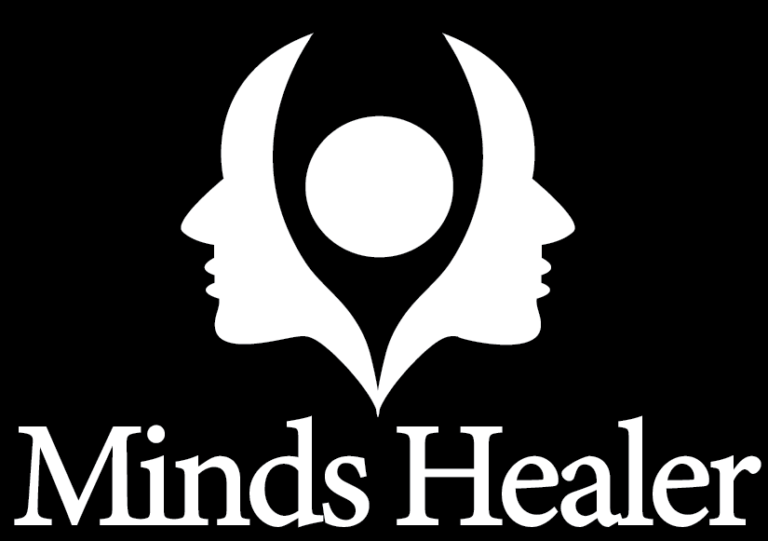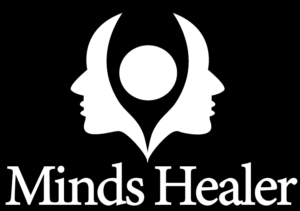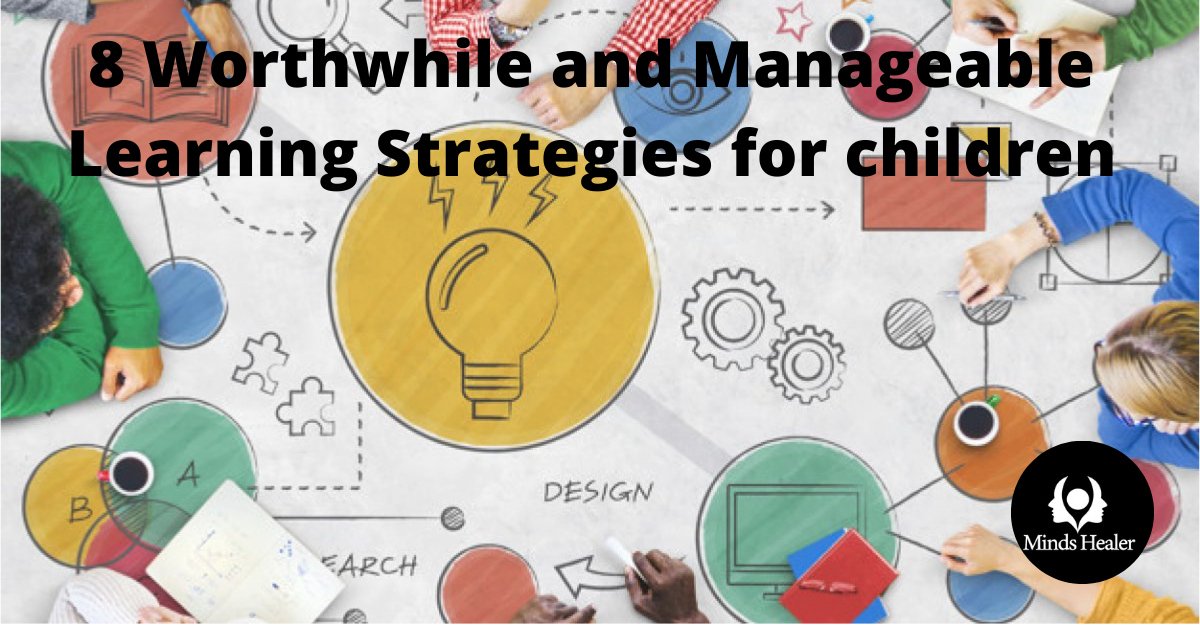These 8 Worthwhile and Manageable Learning Strategies for children are so helpful and surprising easily that it makes complicated learning tasks to be reduced down to almost half the time you normally might require without it. In addition to it, learning Strategies are something which are ignored in today’s time because the world is so busy in seeing and providing results that it forgets the main reason behind results i.e. efforts.
“Never Stop Learning; For When We Stop Learning, We Stop Growing.”
People, of all ages, throughout their lives, learn a lot of things. Children, especially, are imparted knowledge in abundance. They are expected to learn a plethora of different things from various different subjects. While they are expected a lot and asked to do even more they are stuck with their limitations and disadvantages which is mostly related to LEARNING. This is where they need some tips to work on instead of just blaming it on their genes! So here there are 8 Worthwhile and Manageable Learning Strategies for children.
But can ‘learning’ be taught?
Students are always taught ‘what’ to learn but they are never taught ‘how’ to learn. Let us address the latter concern – here are a few powerful learning strategies for children to work smart along with working hard –
- Spaced learning – Long-term learning does not happen if the child studies right before the test. It is better to plan one’s studies at regular intervals over time. This way the material will become more ingrained and durable for a longer period of time. To aid with this, make use of timetables or calendars and plan how you will divide the material into smaller sections and when you will study each of those sections with regular intervals.
- Goal setting – In this learning strategy, identify what needs to be learned and plan the learning sessions accordingly. Keep structuring, organizing, monitoring, and evaluating the plan so that you do not feel all over the place and are motivated to study and learn better.
- Using previous knowledge – While learning similar concepts, try to relate the new information with the previously learned material. This will help create connections in your mind and make the new material easily available. Also, when you study regularly over time, include current concepts and information learned in the earlier sessions. This way, there will be a revision of the concepts learned.
- Concept mapping – This is a very fruitful learning strategy for children. A concept map is when you represent the relationship between ideas or information. It will help the child to,
- See how a particular idea is related to a larger picture of information
- Grasp the material in one go
- Facilitates memory recall
- Structure of the ideas
- Reinforces critical and analytical thinking
- Cultivates creativity, and
- Makes so-called boring material easy and interesting.
Creating a concept map involves:
Here’s a detailed explanation on how to create an effective mind map – https://youtu.be/sZJj6DwCqSU
- Practice – Practice of retrieval of the learned information to your mind without the help of study material is important and effective. When the information is right in front of us, we are likely to think that we know the content and that we have learned enough.
One thing that can aid the retrieval practice is teaching the material you have studied to a friend or even an inanimate object. This would help you understand what is important, and you will organize the information in a more logical and coherent structure.
- Visualization – Try and make the dull academic concepts more engaging by combining the material with some visuals like an image or a graph or a flow chart, etc. This way the child will retain the information in two ways – through words and through images. And even if he/she forgets the words, the information will still be accessible through the other code (visuals).
- Elaboration – Elaboration is describing the concept in as many details as possible. Make use of the 5 W’s & a H – that is, if you are reading a piece of information, try to ask yourself these questions –
- What had happened? What is important here?
- Why did it happen? Why is it important?
- Where did it take place?
- Who all were involved?
- When did it happen?
- How was the event tackled? How does this work?
Now, try to give a detailed answer to each of these questions. This will build an understanding of the idea into long-term memory. If the material is abstract, try to use concrete examples to connect the concept to real life. The more specific and clear the idea is in your head, the easier it will be to learn.
- Integrate technology – This is the first generation of children raised entirely in a digital era and hence, technology is a characteristic element of their lives. Though the use of mobile devices, the internet, etc. can cause hindrance in the learning process, it is possible to use this technology to provide enriching learning opportunities. Technology can help engage students and provide an interactive medium to visualize the academic concepts. It can also be used for taking tests on the material that is learned.
Other learning strategies for children include using flashcards or mnemonic devices for specific subjects which can make their studies easier and durable.
For further aid, watch the video on the best scientific study tips – https://youtu.be/p60rN9JEapg
To attain maximum benefit from these learning strategies, it will be helpful if you use more than one strategy together. For example, the practice of retrieving information can be spaced and concept maps can help in visualization or technology can help make a concept map, etc. This will make the material much more accessible to you.
WHICH LEARNING STRATEGY ARE YOU GOING TO MAKE USE OF THE MOST?
REFERENCES –
- Moffit, M. & Brown, G. [AsapSCIENCE]. (2015, September 3). The 9 Best Scientific Study Tips [Video]. Retrieved from https://youtu.be/p60rN9JEapg
- U of G Library. (2017, April 28). How to Create a Concept Map [Video]. Retrieved from https://youtu.be/sZJj6DwCqSU
- https://ctl.byu.edu/tip/concept-mapping
- https://www.cultofpedagogy.com/learning-strategies/
- https://www.quizalize.com/blog/2018/02/23/teaching-strategies/
Please visit our website to read more related blogs!



